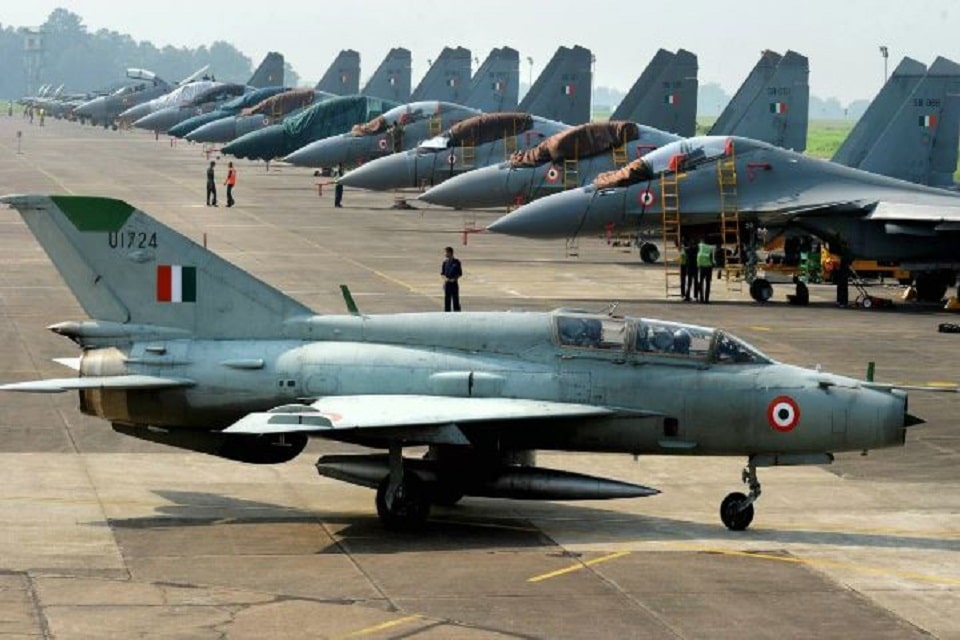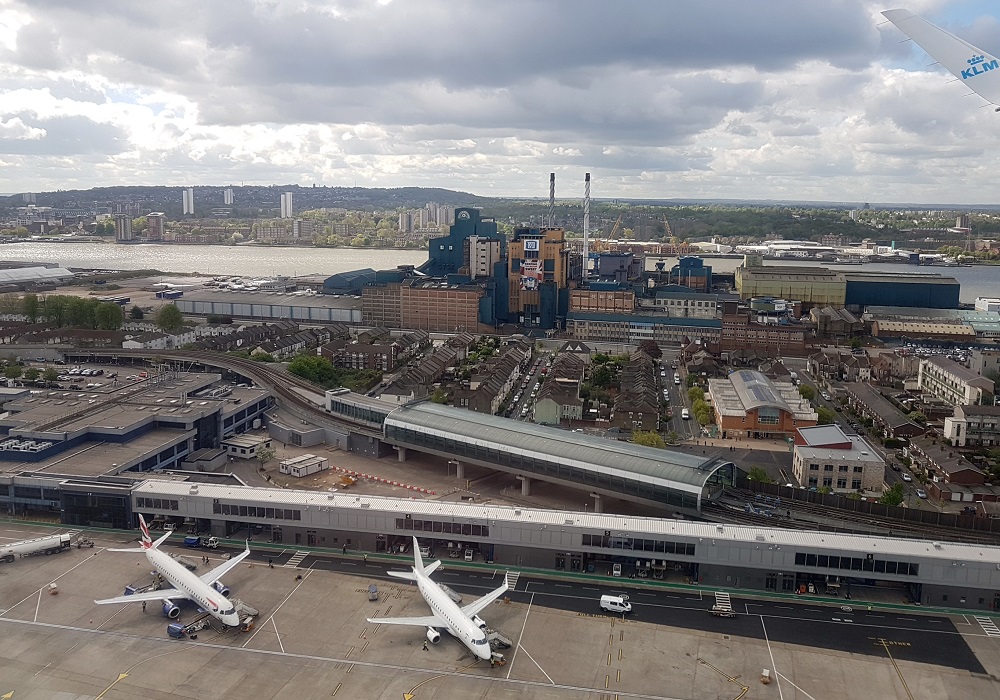Airport
Indian Air Force jets do 5,000 sorties in 72 hours on western front

Indian Air Force jets do 5,000 sorties in 72 hours on western front
NEW DELHI: After the “surge” in air combat operations on the western front with Pakistan, which saw a staggering 5,000 sorties by fighters alone in just three days last week, the Indian Air Force(IAF) has now switched its forces to the northern borders with China from Ladakh to Arunachal Pradesh.
No, the worst-case scenario of a two-front war has not suddenly hit India. Instead, the IAF’s entire war machinery has been activated for the ongoing pan-India exercise “GaganShakti” . “It’s the biggest such exercise in terms of scale since Operation Brasstacks in 1986-1987, or Operation Parakram in 2001-2002 when India nearly went to war with Pakistan after the terror attack on Parliament,” said a senior officer.
Despite having just 31 fighter squadrons, when 42 are required to tackle the Pakistan-China threat, the IAF has pulled out all stops to hone its war-fighting skills by testing offensive and defensive capabilities on the two fronts.
As many as 1,150 fighters, aircraft, helicopters and drones as well as hundreds of air defence missile, radar, surveillance and other units have been deployed for the high-voltage exercise, which is taking place with active participation from Army and Navy for integrated land-air-sea combat operations. The IAF has systematically worked towards achieving 83% serviceability (operational availability of the number of aircraft at any given time) for the exercise, in conjunction with defence PSUs like Hindustan Aeronauticsand base repair depots, from the usual 55%-60% in peacetime.
The aim of the exercise is to validate our operational capabilities and concepts in a realistic war-like scenario as well as check our ability to sustain high-tempo operations. It’s not aimed at any country,” said IAF chief Air Chief Marshal Birender Singh Dhanoa. But the game-plan is quite clear. If the focus in the western theatre was to generate the maximum possible sorties with the same number of fighters to overwhelm the enemy forces, the intent in the eastern one is to operate from dispersed locations to avoid the adversary’s rocket forces while undertaking deep strikes with Sukhoi-30MKI fighters being refueled in mid-air by IL-78 aircraft.
The combat manoeuvres along the northern borders will also see intensive high-altitude operations at advanced landing grounds and helipads, some as high as 20,000 feet, as also inter-valley troop transfers and logistics sustenance by heavy-duty helicopters to make up for the lack of roads.
“Fighters are also practising concentrated weapon releases in realistic attack scenarios all throughout Gagan-Shakti, which includes firing precisionweapons with ‘through window’ capabilities. A simulated battalion-level airborne assault behind enemy lines, which included paradrop of 560 soldiers, combat vehicles and GPS-guided cargo platforms, has also been undertaken with six C-130J Super Hercules and seven AN-32 aircraft launched from multiple airbases,” said another officer.
GaganShakti, in short, reiterates the primacy and flexibility of airpower in modern-day battles.The Sukhoi-30MKIs, which have a combat radius of about 1,500-km without mid-air refueling, for instance, have even got airborne from an eastern coast airbase to strike multiple targets in the western seaboard at distances beyond 2,200 km before landing at a southern base to cover a total distance of around 4,000 km in single non-stop missions.
Courtesy:Times of India

Airport
Three Major UK Airports Up for Multi-Billion Pound Sale

Three major UK airports, including London City, Birmingham, and Bristol, are set to be sold in a multi-billion pound deal as their Canadian owner, the Ontario Teachers’ Pension Plan (OTPP), seeks to capitalize on a booming air travel market.
The OTPP is in talks with minority shareholders about selling its stakes in these airports, as well as its holdings in Brussels and Copenhagen airports.
Current evaluations suggest the combined value of the five airports exceeds £10 billion, with OTPP owning between 25% and 70% stakes in each, potentially bringing the total sale to over £3.5 billion.
British Airways Unveils Its Brand-New First Class Cabin for the Airbus A380
The move comes as global aviation experiences a strong recovery, driving increased demand for air travel, particularly across Europe. The OTPP, which holds a significant portion of its portfolio in these airports, is in the process of offering its shares to co-investors with a 30-day “right of first refusal” period.
Analysts speculate that the sale could trigger a chain reaction, prompting other stakeholders to consider selling their shares, particularly if a new buyer seeks a controlling interest.
Bristol Airport, for example, has outlined an ambitious master plan to expand its capacity from 12 million passengers per year to 15 million by 2036, addressing the growing demand in the region.
Airbus Enhances A350 Cabin with 10-Abreast Seating
Meanwhile, London’s Heathrow and Stansted airports have seen record passenger traffic, further underscoring the sector’s recovery.
As the 30-day period progresses, the OTPP’s decision could spark a flurry of activity, with other investors such as Australian giant Macquarie reportedly showing interest in the airports.
This potential sale is set to reshape the future of UK airport ownership and investment, as the aviation industry continues to recover and grow.
-

 Aviation2 months ago
Aviation2 months agoMicrosoft Flight Simulator Raises $3 Million to Bring Back the An-225 Mriya
-

 Airlines2 months ago
Airlines2 months agoQatar Citizens Can Travel to the United States Without a Visa
-

 Aviation2 months ago
Aviation2 months agoQatar Airways bans these new Electronic Devices on plane
-

 Airlines2 months ago
Airlines2 months agoJapan Airlines Rolls Out Free Domestic Flights to International Passengers
-

 Travel2 months ago
Travel2 months agoQatar Airways Launches Four Additional Flights from Amsterdam
-

 Defence2 months ago
Defence2 months agoWhich Country Has the Largest Fleet of Fighter Aircraft?
-

 Airport2 months ago
Airport2 months agoWestern Sydney Airport Welcomes Its First Plane After 6 Years of construction
-

 Airlines4 days ago
Airlines4 days agoDAMAC Air: Dubai’s New Luxury Airline Offers Free Flights for Registration








